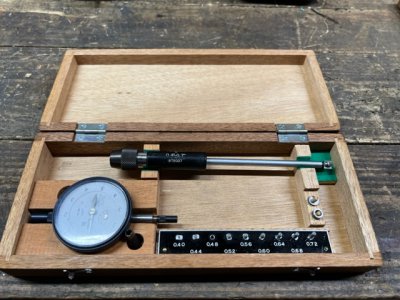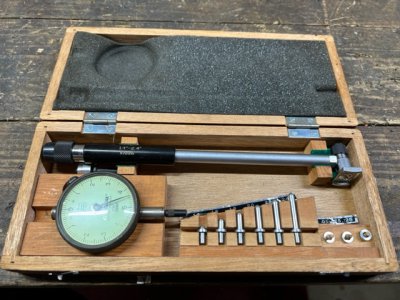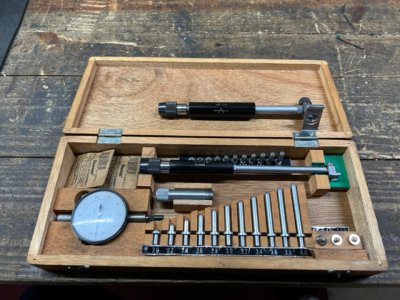- Joined
- Aug 29, 2019
- Messages
- 1,262
Omitting cost and made in the USA I use gage blocks to verify my O/D mics then I use what is being referred to as T type snap gages. of course, taking more than one measurement. And using the proper method of using the T Type snap gauges. {Rocking them inside the bore} Practice and repeatability will tell you if you are using them correctly. If I am trying to meet a critical dimension, then I use these to verify. My personal opinion is you cannot
 put a price tag on practicing. In my case I was looking for confidence in myself and it only comes from verification.
put a price tag on practicing. In my case I was looking for confidence in myself and it only comes from verification.

 put a price tag on practicing. In my case I was looking for confidence in myself and it only comes from verification.
put a price tag on practicing. In my case I was looking for confidence in myself and it only comes from verification.


